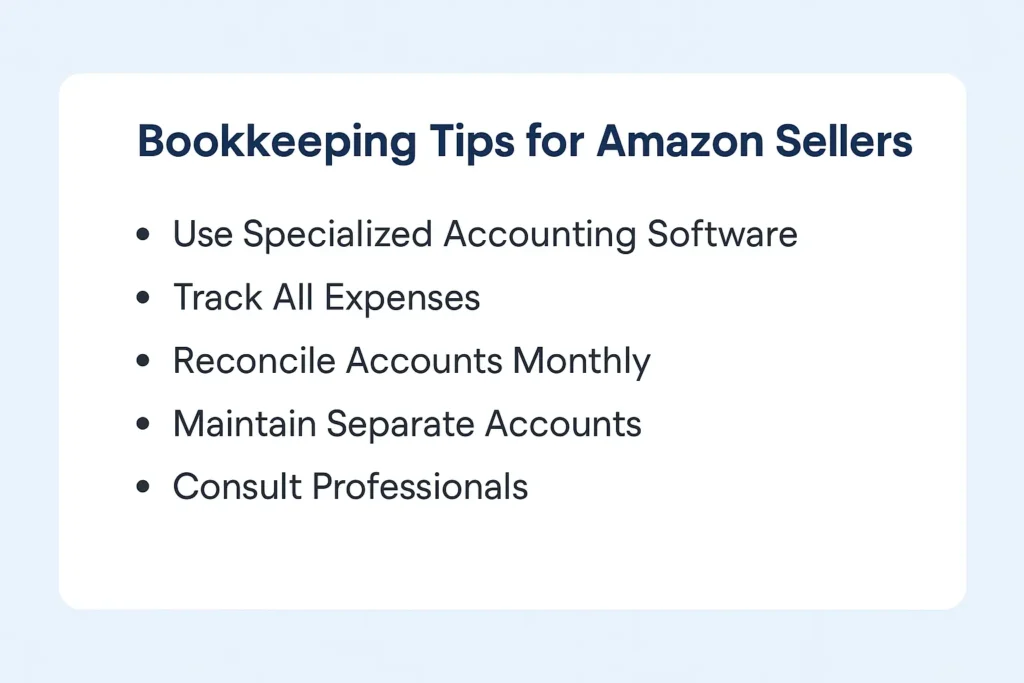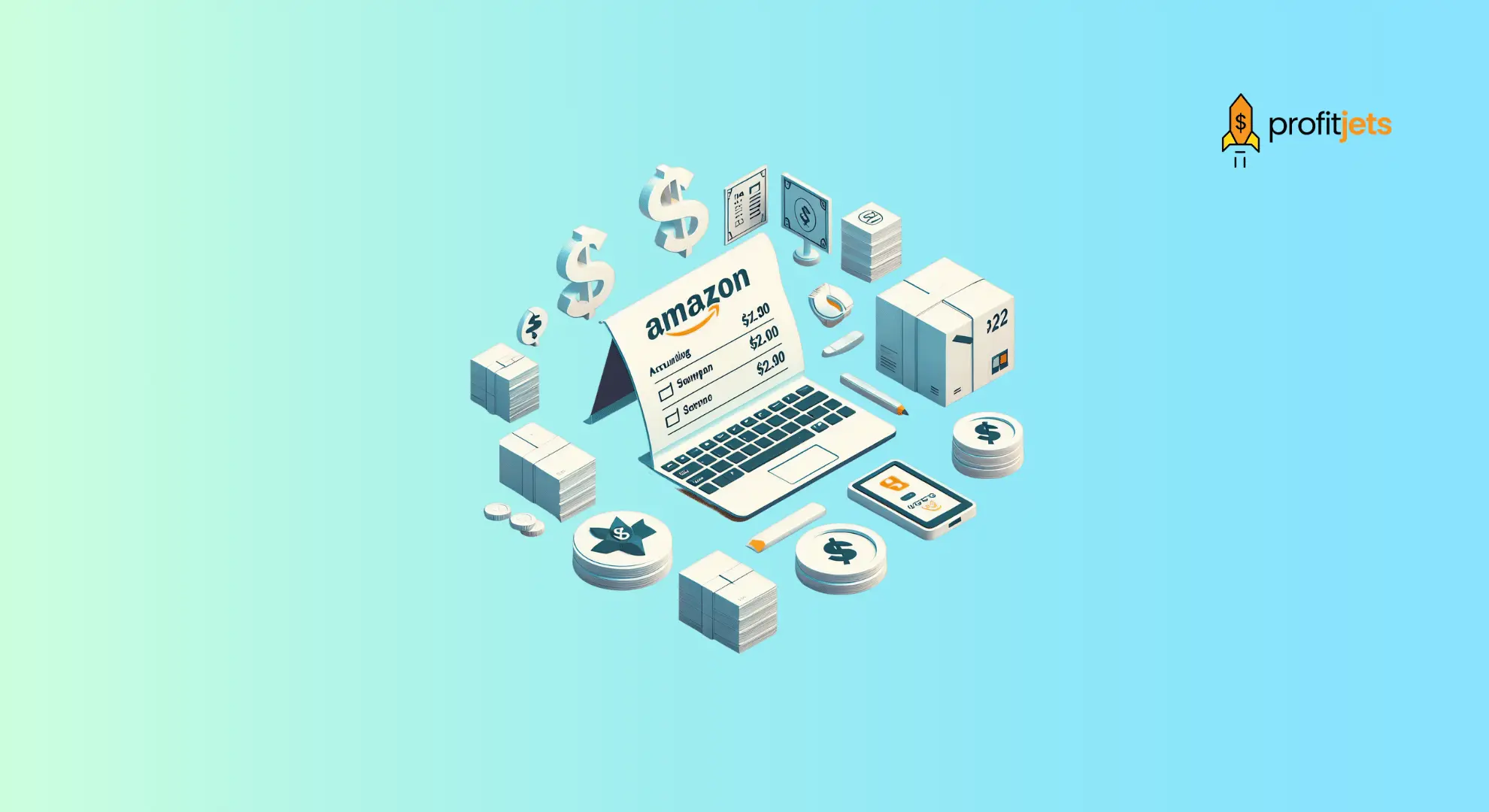Selling on Amazon offers immense opportunities for small businesses, startups, freelancers, and e-commerce entrepreneurs. However, understanding and managing Amazon’s fee structure is crucial to maintain profitability. This guide provides an in-depth look at the various fees Amazon sellers may encounter in 2025 and offers bookkeeping tips to help you stay on top of your finances.
Table of Contents
Overview of Amazon Seller Fees in 2025
Amazon’s fee structure comprises several components that sellers should be aware of:
1. Subscription Fees
- Individual Plan: $0.99 per item sold.
- Professional Plan: $39.99 per month, suitable for sellers with more than 40 items sold per month.
2. Referral Fees
A percentage of the item’s total sale price, including shipping and gift wrap charges. Rates vary by category, typically ranging from 8% to 15%.
3. Fulfillment Fees (FBA)
Charges for storage, packing, and shipping when using Fulfillment by Amazon. Fees depend on product size and weight.
4. Additional Fees
- Closing Fees: Applicable to media items like books and DVDs.
- High-Volume Listing Fees: For sellers with extensive product listings.
- Refund Administration Fees: Charged when issuing refunds to customers.

Bookkeeping Tips for Amazon Sellers
Effective bookkeeping is essential to manage Amazon seller fees and maintain financial health:
- Use Specialized Accounting Software: Tools like QuickBooks or Xero can integrate with Amazon to automate transaction recording.
- Track All Expenses: Regularly monitor all fees and expenses to identify areas for cost savings.
- Reconcile Accounts Monthly: Ensure that your records match Amazon’s reports to catch discrepancies early.
- Maintain Separate Accounts: Keep business finances separate from personal accounts to simplify bookkeeping and tax preparation.
- Consult Professionals: Consider hiring bookkeeping services specializing in e-commerce to handle complex financial tasks.

Conclusion
Navigating Amazon’s fee structure in 2025 requires diligence and effective financial management. By understanding the various fees and implementing robust bookkeeping practices, small business owners can optimize their operations and enhance profitability.
Frequently Asked Questions
1. What is the difference between Individual and Professional seller plans?
The Individual plan charges $0.99 per item sold, suitable for low-volume sellers. The Professional plan costs $39.99 per month and is ideal for those selling more than 40 items monthly.
2. How are referral fees calculated?
Referral fees are a percentage of the total sale price, varying by product category, typically between 8% and 15%.
3. Are there any hidden fees I should be aware of?
Additional fees may include closing fees for media items, high-volume listing fees, and refund administration fees.
4. Can I switch between Individual and Professional plans?
Yes, sellers can upgrade or downgrade their plans based on their sales volume and business needs.
5. How can bookkeeping services help manage Amazon seller fees?
Professional bookkeeping services can automate financial tracking, ensure accurate record-keeping, and provide insights to optimize your Amazon business’s financial performance.










